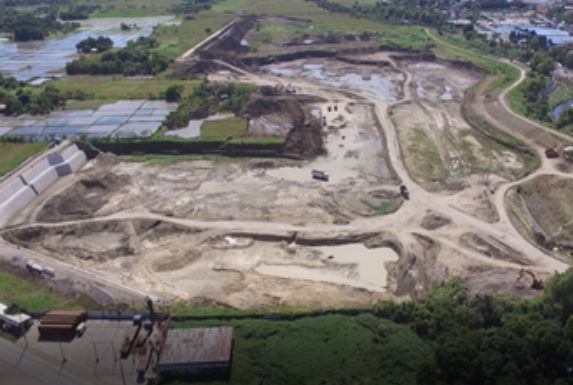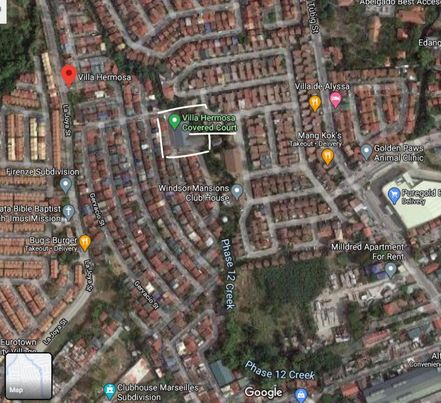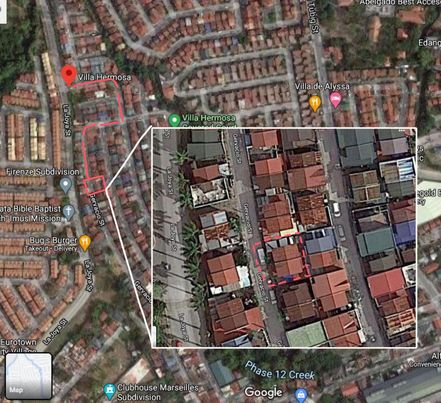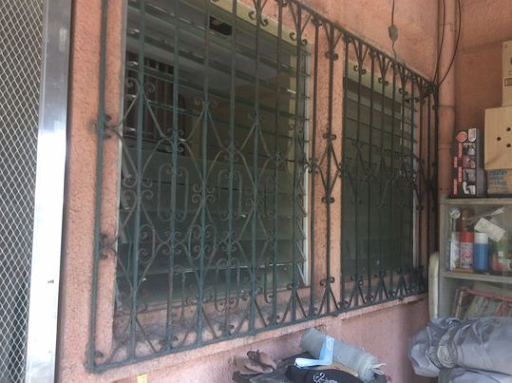Introduction
According to PAGASA’s website, the Philippines is much likely to be prone to tropical cyclones due to its geographical location which generally has such heavy rainfalls and flooding of large areas and strong winds. This results in such destruction to human life to crops and establishments. It is very important to have adequate knowledge of these disasters for safety and life-beneficial purposes.
Cyclones develop at latitudes usually greater than 5 degrees from the equator. The greatest intensity will be reached while it is located on warm tropical water like in the Philippines. As quickly as they moved inland, but not before they have caused destruction, it will now begin to weaken and pass across it.
Emergency plans are very much likely important for us to be ready, prepared, and more aware when an unexpected or any disaster may occur. My village requires these kinds of information for us to take action to any disaster that might happen, bringing important needs, evacuating safely and that is when we know about disaster preparedness comes in for our and others safety.
Cavite is much more likely to have high risks when it comes to typhoons. Moderate or high winds and storms can still be a risk for us living here, storm surge hazards in Cavite have low effects.
This Emergency may help residents to overcome these harsh events with the help of proper mitigation, preparedness, response, and recovery activities.
Typhoons are rotating weathering systems that are typically a few hundred miles across and a wind speed of 74 mph (miles per hour). The eye is the center of the storm which has a 20-40 mile region of calm air. In most regions, typhoons/hurricanes/cyclones are named alphabetically in order of appearance but the case in the Philippines. They are named alphabetically by Filipino girl names. When a storm/typhoon is particularly deadly that name is retired.
About the Typhoon
Usually, typhoons are about 20 tropical cyclones that hit the Philippines yearly. It can hit in the Philippines at any time, generally, it moves from east to west across the country.
Based on my experience with typhoons, it depends on how strong it hits from here and I could hear the wind whistle and the roof sheets flying. I know it's dangerous outside from the things I can hear how loud it is.
Depending on how stable the houses are in my village, I think we don't need for us to evacuate but for the sake of this Integrated Assessment, it's still important because we don’t expect what's going to happen or evacuate when there's a serious earthquake and we’ll talk about that in the other Emergency Plan.
Typhoons can grow to produce damaging winds, storm surges, flooding, and other major damages. Warm tropical waters and relatively high moisture in a short amount of time will cause these things to happen.
Discussion of the Problem
The Problem in this state is how to protect ourselves from the typhoon we’re prone to.
The typhoon caused a big impact on flooding mostly in Cavite that made the residents and vehicles unable to pass through, making people sick from the flooded water, even drowning from the water that's been taking them away.
Mitigation
Based on my observations about our subdivision since my research has no results about my village is very big and has only one covered court (in the google maps), the houses are stable just fine whenever a strong typhoon goes by, sure, I may hear some roof sheets swaying but I didn’t hear any problems on houses that have any problems. When a typhoon hits here, especially through a pandemic, it’s very best to remain inside your homes to avoid any injuries outside. The neighbors cooperate to remain in their homes through a strong typhoon and go outside for the right time when a tropical storm has ended.

As you may know, Cavite is in the top 10 most heavily flooded zones in the Philippines and constantly struggles with this issue when there is also heavy rainfall. Some people of the Imus noticed that once it reached flooding people adopted the habit of walking outside their homes not knowing that they could get sick from the dirty water or even get hurt by the flying insects or particles that the wind brings. (the image shows how big my village is in Imus cavite)
Being the case given, our area the DPWH (Department of Public Works and Highways) has announced to the people that they plan to make a river basin for the flood to drain down to by the streams and the creaks of the land to flow and pass down to some sort of river. This project planned by the Government of the Philippines has funded the project through a loan agreement by the Japanese government, JICA (Japan International Cooperation Agency. Image below)

The common mitigation to be aware of to prevent any strong typhoon to affect us and infrastructure are the points below:

Once flooding strikes in Imus, the roads that got flooded may not be passable to all vehicles (including light vehicles). It's very dangerous to the engine of the vehicles when the water seeps in and may let the engine be broken for it to work even if the drivers may try to budge through the flood. That’s why in my village we have these ramps and steps where it's about 17-18 cm tall as mostly floods in our area are moderately average. It won’t reach or beyond that step depending on how high the flood is.
Preparedness
Next, the most important thing for us to know is to be prepared and have the needs whenever there are any disasters. This also needs to have more than enough resources for us to have this preparation in the future and so that we don't have to rely on or worry about anyone to assist. All of us need to be prepared from our equipment to being knowledgeable and lastly having medical needs. Before we head onto that you need to know what to do before, during, and after an earthquake.
What to do Before, During, and After Typhoons
Before typhoons
During typhoons
After typhoons
Supplies
Health
First-aid Kit (the most and main important equipment in any disasters)
The most important tool to ensure that major and regular injuries may be taken care of efficiently. This assists any medical worker before they arrive to take care of the rest of the problem. This includes:



Water
One of the most important supplies to stay hydrated always, bringing water jugs/bottles or supplies on batches of water.
Own food utencils
Having your utensils especially in a pandemic is a must as everyone cannot share belongings to be safe especially sanitary on food.
Food supply
With non-perishable food that only lasts for at least three days such as instant noodles, snack bars, biscuits, cookies, canned tuna, and also meat, spam, vegetables, snacks like chips, sweet corn, etc.
Knowledge
Knowing how to treat your injuries or others’ for example: stopping the bleeding and treating any regular injuries such as scratches, scabs, and open wounds. Keeping calm during the disaster must be practiced. It's okay to panic but most of the time we need to remain calm so that the situation can be handled safely.
Communications
During these tragedies, we need equipment to communicate and to inform other people.
A whistle, radio, megaphones, and gadgets like social media to share help and communicate to other people (and also charged power banks for battery supply in gadgets).
Personal supplies
Sets of clothes, sleeping bags, blankets, sleeping bags, towels, slippers, and also tents to sleep.
Evacuation
Common Evacuation
Covered courts/ evacuation centers in this village might not be enough for all the residents and may not be accompanied/ assisted by barangay officials. Therefore, They still need the knowledge to be prepared to avoid any risks during any disasters.
Residents in every family should know how to evacuate from their homes safely. Including any disasters that may occur on what to do and following safety protocols during the evacuation.
These Images show where the covered court is located and where my house is located to the gate of the village.


Required evacuation
Since there’s only one Evacuation route in my village, it’s needed to move out of their homes safely when it is necessary to do so, acquired by the barangay facilitators.
Response
The responders
The barangay facilitators will assist all of the people in this subdivision to evacuate when it's the worst. Residents will be allowed to return to their homes once the disaster is over.
The medical team whether what emergency number you enter will answer you as soon as possible to get immediate help for injured people.
Building facilitators

They are the ones who may fix any damages to any care centers that may be repaired or replaced by floodproofCreating materials so that the water may not enter the care center areas/buildings.
Basic goods and needs
Other supplies and equipment are frequently prepared when disasters come in, even for future disasters.
Outside countries that aren't affected or other places outside Cavite donating relief goods are the biggest help for the people in need.
Recovery
Engineers are the people who will renovate damaged structures or houses in the aftermath of any disasters for the people who are affected.
Replacing frames/ any other structures into stable and heavy-duty ones such as windows, doors, etc. may help the entire structure to collapse less. It may not be the permanent solution but it did not make anything more dangerous in the upcoming natural and man-made disasters.
Spreading the news about the aftermath on any social media platforms or even the news itself for the people to be aware of and giving condolence for the others who are affected and lost their lives in the process of the disaster.
Donating money to physical facilities, charities, or online will also be such a big help, again for the people in need.
Conclusion
As a matter of fact, creating an emergency plan is a must to have in each house of our community as our country is researched to be one of the countries in Asia to experience tons of natural events every year. Remember that natural disasters can happen anytime creating an impact on us for the natural disaster to adjust to being prepared. Lastly, each one of us should practice how to act fast to avoid any minor or major injuries, be independent, stay calm and focus and call for help if necessary.
